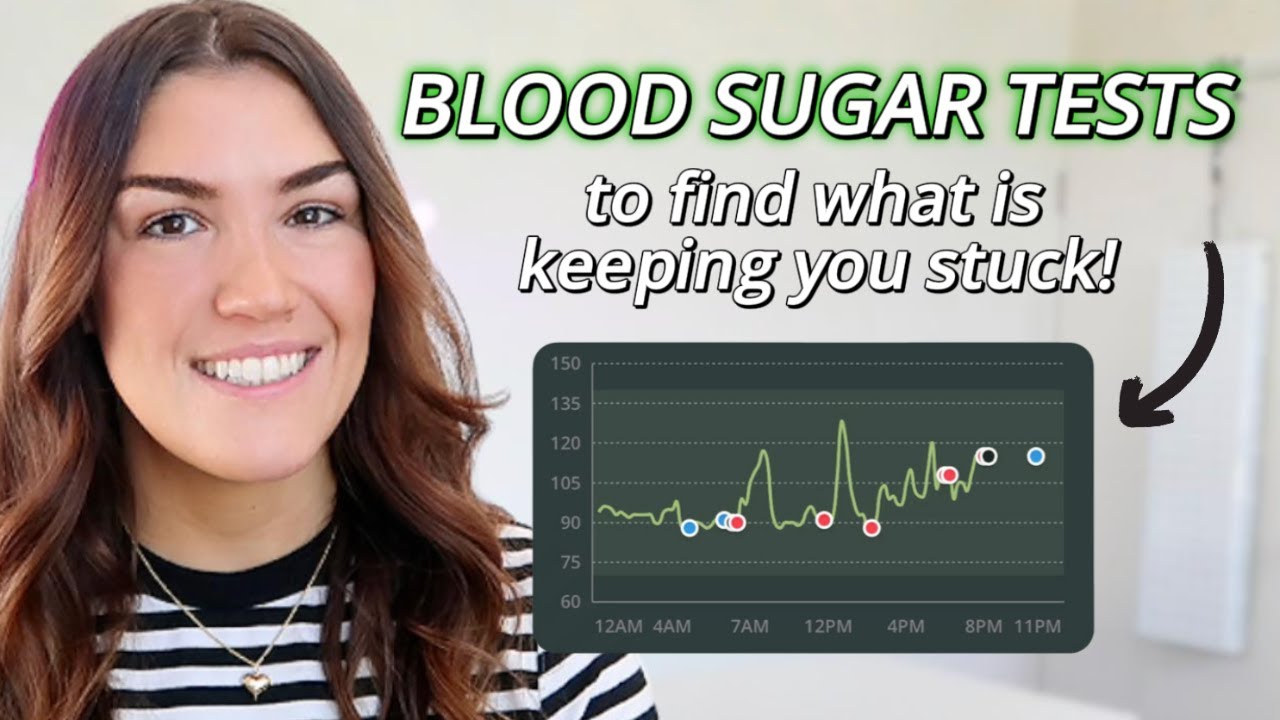- Understanding blood sugar levels and their importance
- Common symptoms of blood sugar imbalances
- Types of blood sugar tests
- Strategies for improving blood sugar control
- Lifelong benefits of maintaining stable blood sugar levels
Blood sugar levels are a crucial indicator of metabolic health. They reflect how the body generates energy from food, and fluctuations can lead to various health issues. Maintaining balanced blood sugar is vital for overall well-being, affecting energy, mood, and weight management.
Symptoms of blood sugar imbalances can manifest in several ways. People may experience fatigue, irritability, cravings, or sudden weight changes. These signs could indicate that blood sugar levels are either too high or too low. When blood sugar levels are consistently high, it can lead to insulin resistance, which is a condition where the body does not efficiently use insulin. Conversely, when blood sugar drops too low, it can result in hypoglycemia, leading to symptoms like dizziness or confusion. Recognizing these symptoms is the first step in addressing potential issues and taking proactive measures.
There are various approaches to blood sugar monitoring, each serving unique purposes. Fasting blood sugar tests, typically performed in the morning after an overnight fast, offer insight into baseline glucose levels. A continuous glucose monitor (CGM) provides real-time data on fluctuations throughout the day, revealing patterns that might escape a standard test. Another method is the oral glucose tolerance test (OGTT), where blood sugar levels are measured before and after consuming a glucose-rich drink. This test assesses how well the body manages glucose over time. Understanding these testing options can empower individuals to make more informed choices regarding their metabolic health.
Improving blood sugar control often requires a multifaceted strategy encompassing dietary modifications, physical activity, and lifestyle adjustments. A balanced diet rich in whole foods, healthy fats, proteins, and complex carbohydrates is key. Foods with a low glycemic index, such as whole grains, legumes, and most vegetables, help maintain steady blood sugar levels. Regular physical activity enhances insulin sensitivity, allowing cells to utilize glucose more effectively. Incorporating habits like mindful eating, staying hydrated, and managing stress can also contribute to better blood sugar regulation.
Long-term benefits of maintaining stable blood sugar levels are profound. Consistency promotes better energy levels, improved mood, and optimal weight management. Furthermore, avoiding extreme fluctuations in blood sugar can reduce the risk of chronic conditions like type 2 diabetes and heart disease. Establishing these practices can lead to improved quality of life and overall health resilience.
In essence, if you feel stuck in your health journey, examining blood sugar levels and addressing imbalances could be the key. By understanding blood sugar fluctuations, recognizing symptoms, utilizing appropriate tests, and adopting effective management strategies, individuals can unlock significant improvements in their metabolic health.
*****
Source Description
Before you spend money on supplements or complicated diets, start here — with a simple blood glucose meter.
In this video, I’ll show you how to test your blood sugar at home, what your numbers really mean, and the hidden patterns that can reveal early insulin resistance long before a lab test does.
You’ll learn what it means when your blood sugar spikes hard and crashes, or stays elevated for hours after eating, and how to interpret fasting numbers that look “normal.”
Budget blood glucose monitor → https://amzn.to/4piin2o
Blood glucose monitor with more features → https://hckait.com/ketomojo
CGM (no prescription) → https://hckait.com/cgm
Another CGM brand → https://hckait.com/nutrisense
10% off at-home fasting insulin and HOMA-IR testing (KAIT10) → https://hckait.com/getsowell
⸻
🩸 3-Day Blood Sugar Reset → https://healthcoachkait.com/bloodsugarreset
⚠️ 7-Day Insulin Resistance Masterclass → https://healthcoachkait.com/IRmasterclass
🎧 Healthy Not Complicated Podcast → https://hckait.com/podcast
Hi, I’m Kait Malthaner (aka Health Coach Kait), a certified health and nutrition coach specializing in blood sugar balance and reversing insulin resistance. I help you simplify health so you can naturally lower blood sugar, A1c, and blood pressure, lose stubborn belly fat, and feel your best again. Getting healthy doesn’t have to be complicated. Small changes lead to big results.
⸻
Recommended Products & Discounts
🩸 At-Home Insulin Resistance Test (Code: KAIT10) → https://hckait.com/getsowell
🧂 Electrolytes (Code: HCK15) → https://hckait.com/sodiielectrolytes
💫 Berberine (Code: KAIT10) → https://hckait.com/getsobalanced
🩷 Inositol (Code: KAIT10) → https://hckait.com/getsosynced
🥤 Blood Sugar Drinks (Code: KAIT15) → https://hckait.com/goodidea
💪 Protein Powder (Code: HCK15) → https://hckait.com/protein
🔥 CKM (Code: KAIT15) → https://hckait.com/ckm
📱 CGM (Code: ULTRAKAIT15) → https://hckait.com/cgm
⸻
Timestamps
0:00 Intro
1:00 Why blood sugar matters
2:26 How and when to test blood sugar
2:42 Testing fasting blood sugar
3:16 Testing after eating
3:40 How to interpret blood sugar readings
4:38 Are continuous glucose monitors worth it?
5:17 What spikes and patterns really mean
5:24 Big spikes and crashes
5:52 Blood sugar stays high after eating
6:32 Blood sugar spikes after lunch
6:46 Morning reading is high
7:37 Normal blood sugar, but insulin is high
8:21 What to ask your doctor for (fasting insulin or HOMA-IR)
9:01 Home testing option
9:51 Tips on how to use this data improve meals and prevent spikes
⸻
Disclaimer:
This video is for informational purposes only and is not a substitute for professional medical advice. Always consult your doctor regarding any medical concerns. Some links are affiliate links, meaning I may earn a small commission at no extra cost to you. I only recommend products I personally use, trust, and love.


